#19th century books
Text

From our stacks: Endpaper detail from A History of Gardening in England By The Hon. Alicia Amherst. Second Edition. London: Bernard Quaritch, 1896.
#a history of gardening in england#flowers#books#book#endpapers#old books#19th century books#library books#detroit public library
498 notes
·
View notes
Text
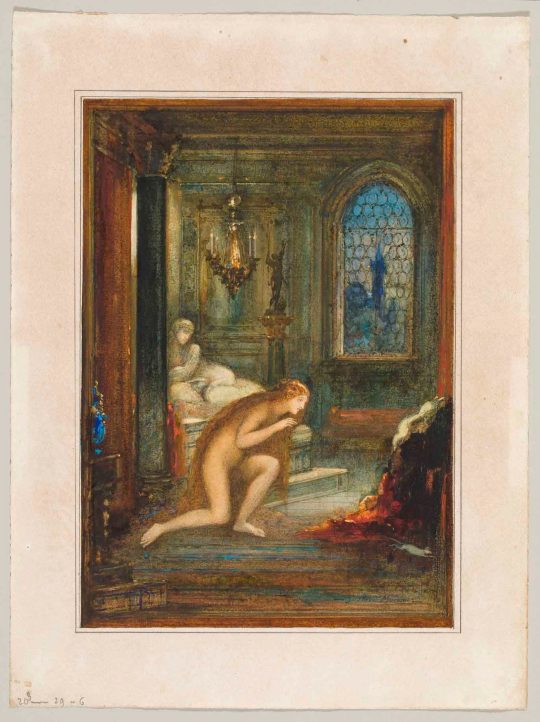
Gustave Moreau (French, • The Woman who Turned Into a Cat (illustration The Fables of Jean de La Fontaine) • Watercolor
Jean de La Fontaine (1621-1695) was the author of 12 books containing a total of 243 fables in verse, published between 1668 and 1694. Here is a selection of Moreau's watercolor illustrations for the fables.

The Dragon with Several Heads and the Dragon with Several Tails • c. 1879-85 • Watercolor • © Private Collection

“The mouse metamorphosed as a girl” • 1880 • Private collection • (Inspired by an illuminated Indian manuscript called Pañchatantra).

Allegory of the Fable

The Dolphin and the Monkey • 1880
#art#painting#fine art#gustave moreau#watercolors#illustrated book#jean de la fontaine#Illustrated fables#french literature#french painter#19th century books
38 notes
·
View notes
Photo

Decorative cover of ‘The Geographical Distribution of Animals’ by Alfred Russell Wallace.
Published 1876 by Harper and Brothers.
MBLWHOI Library.
archive.org
77 notes
·
View notes
Photo

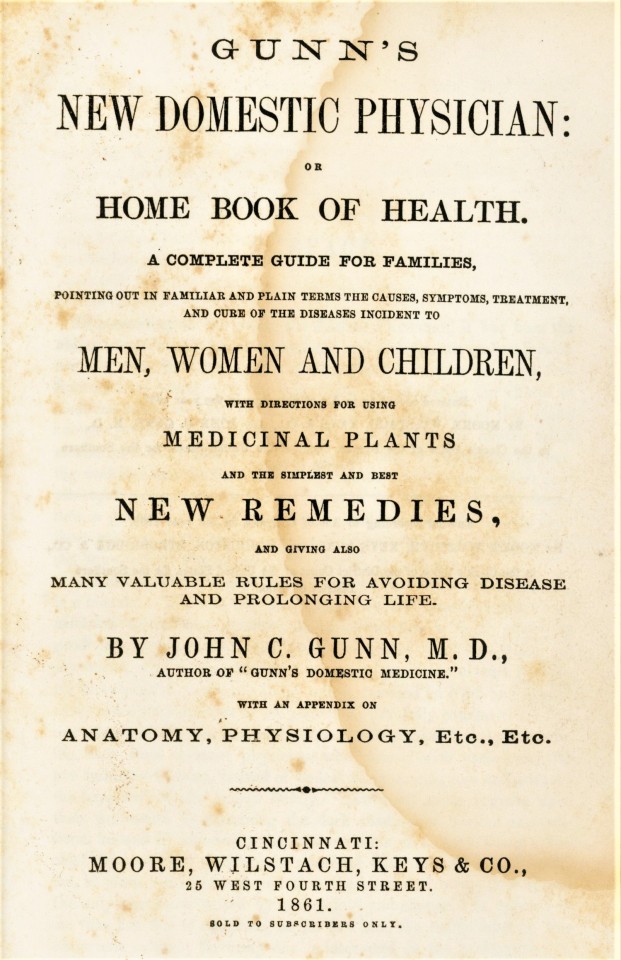



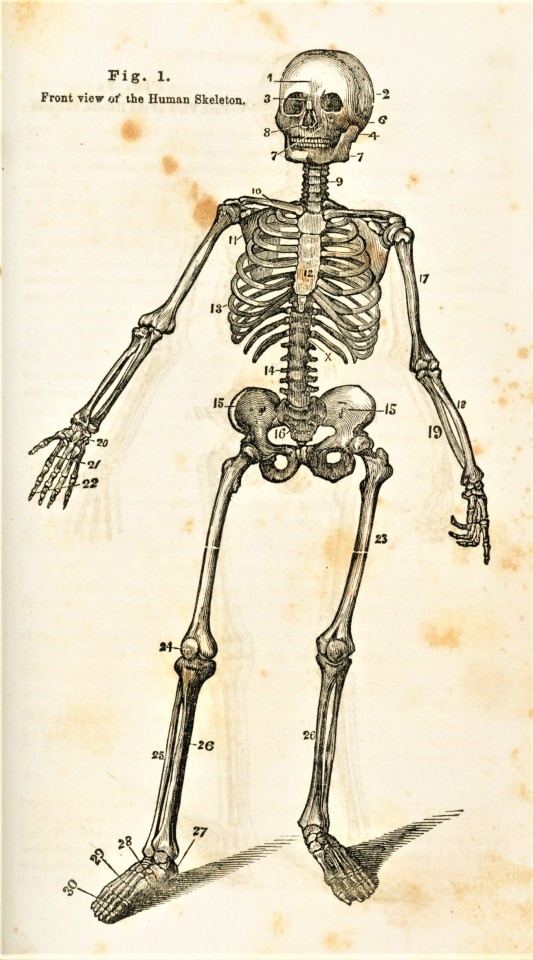
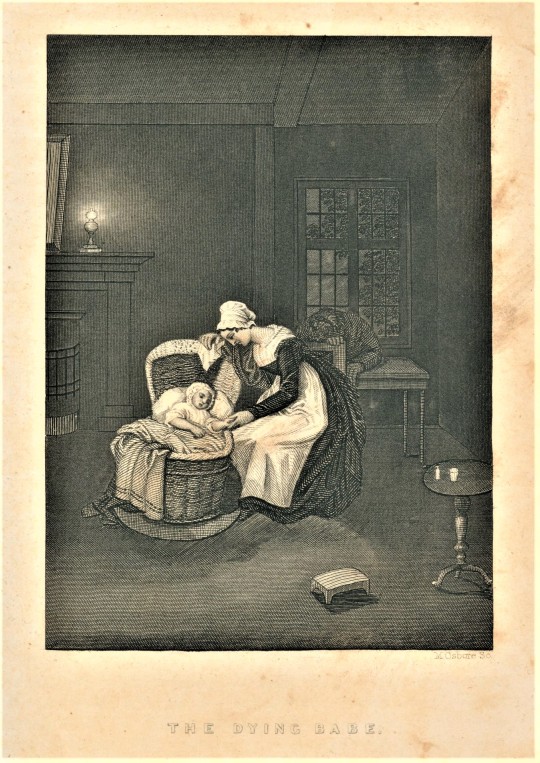



Science Saturday: Comparing two editions of Gunn’s New Domestic Physician
In keeping with our focus on book history here in Special Collections, when the library holds multiple editions of the same book, I try to pull them all, note changes, and try and place those changes in their historical context. When looking over our two copies of Gunn’s New Domestic Physician, (Gunn’s New Domestic Physician or, Home Book of Health [Cincinnati: Moore, Wilstach & Keys & Co.; 1861] and Gunn’s New Domestic Physician or, Home Book of Health [Cincinnati: Moore, Wilstach & Baldwin; 1864]) I immediately noticed the added emphasis on home nursing care and “the sick room” in the 1864 edition. By 1864, the nation had been steeped in several years of Civil War, and a publishers note confirmed my hypothesis that the addition of information on home nursing care was spurred on by the war:
“an entirely new treatise is given, forming a complete guide to the management of the sick room” . . . “to relieve the suffering, perhaps of those who have sickened in camp, or been stricken down on the field of battle, is certainly a noble mission!”
Relatively forgotten today, the physician John C. Gunn (c. 1800 - 1863) was a household name for many 19th century Americans, particularly in the South, and especially in rural and frontier communities where a trained medical professional was often out of reach. While some contemporary reviews of the book by the medical establishment chided Gunn for “attempting to impress upon the reader that the grave responsibility of human life and health may be assumed by any person of common sense,” many 19th century Americans simply did not have access to trained doctors, nor was training and licensing of physicians standardized until the early 20th century. That might help explain the enduring popularity of Gunn’s work. Written in plain language for an general audience, the book was first published as Gunn’s Domestic Medicine or, Poor Man’s Friend in Knoxville in 1830, and 234 subsequent editions followed, the last published in New York in 1920.
Both of our editions are based on the first major revised and enlarged edition, marking the title change from Gunn’s Domestic Medicine to Gunn’s New Domestic Physician, first published in 1857 by Moore, Wilstach & Keys & Co. of Cincinnati. While the anatomical and botanical prints are consistent between the editions, an assortment of etchings also accompany the text, none of which are repeated between our two editions. Those shown above (images four and seven) are at least related to the subject matter. Others, with captions like “Charity,” “Cheerfulness,” and “Hope,” seem more aligned with this 1858 review (presumably of the 1857 revised edition on which are two copies are based) in The Western and Southern Medical Recorder that observers:
“adorning the book, is a gallery of pictures, which do not seem to have any particular connection with the reading matter, but, as we suppose, were introduced to use up some old stock of prints that the publishers had left from some other enterprise.”
For any researchers (or 19th-century medicine enthusiasts) local to Wisconsin looking for a deeper dive on this piece of Americana, the University of Wisconsin-Eau Claire holds a facsimile of the first edition of Gunn’s Domestic Medicine or, Poor Man’s Friend, published in Knoxville in 1986 by the University of Tennessee Press. The University of Wisconsin - Madison holds a 1866 German language edition, Gunn’s Neuer Hausarzt, oder, Handbuch der Gesundhheit, also published by Moore, Wilstach & Baldwin.
Find more Science Saturday posts here.
-Olivia, Special Collections Graduate Intern
#Science Saturday#Gunn's New Domestic Physician#Gunn's Domestic Medicine#Poor Man's Friend#Home Book of Health#John C. Gunn#19th century publishing#Moore Wilstach & Baldwin#Moore Wilstach & Keys & Co.#19th century books#rural medicine#frontier life#American Civil War#frontier medicine#olivia
35 notes
·
View notes
Photo

Mother’s Day is this Sunday so we would love to show you a sweet, sweet dedication.
It is very sweet to dedicate a book to your mother even if it does sound like a competition with a sister who has already done so. Almira does not only dedicate the book to her mother but gives her credit by calling out a mother’s affect: “that she may find the pious sentiments imbibed from herself, in some degree reflected from the following pages, is the wish of her daughter, Almira H. Lincoln.”
Familiar lectures on botany (1832) by Mrs. Phelps Lincoln.
#mother's day#mothers day#botany#plants#medicinal plants#botanical illustration#flowers#rare book#old book#19th century books#bookblr
9 notes
·
View notes
Quote
As we learn more and more of the wisdom, the goodness and the mercy of God, we shall the more ardently desire a conformity to these divine attributes. It is thus we shall grow in grace, and in the knowledge of God, and of our Savior. In the visible creation, every thing is full of glory. Every thing speaks of the wisdom and the power of God, and invites the soul to ascend to it’s all-glorious Creator.
Advice to a Young Christian: On the Importance of Aiming at an Elevated Standard of Piety by Jared Bell Waterbury, Archibald Alexander · 1827
4 notes
·
View notes
Text

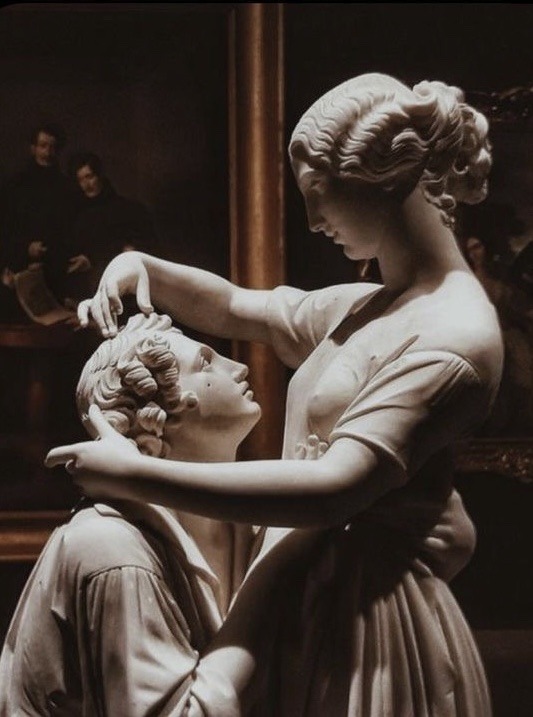
“Love is a sacrament that should be taken kneeling”
—Oscar Wilde
#poets on tumblr#dark academia#aesthetic#spilled poetry#words#spilled ink#spilled thoughts#19th century#vintage#love poem#dark acadamia aesthetic#dark academia books#renaissance art#renaissance#poetry#dark academia lovers#vintage classics#dark acdemia#oscar wilde
148K notes
·
View notes
Text
I know not all that may be coming, but be it what it will, I'll go to it laughing.
– Herman Melville, Moby-Dick
#book quote of the day#herman melville#moby dick#classics#historical fiction#19th century books#1001 Books You Must Read Before You Die#books and literature#quote of the day
1 note
·
View note
Text

Busy crows. Caw caw; or, the chronicle of crows. 1848.
Internet Archive
#crow#crows#graphic design#bird#birds#children's book illustration#nemfrog#1848#19th century#processed image#1k
4K notes
·
View notes
Text
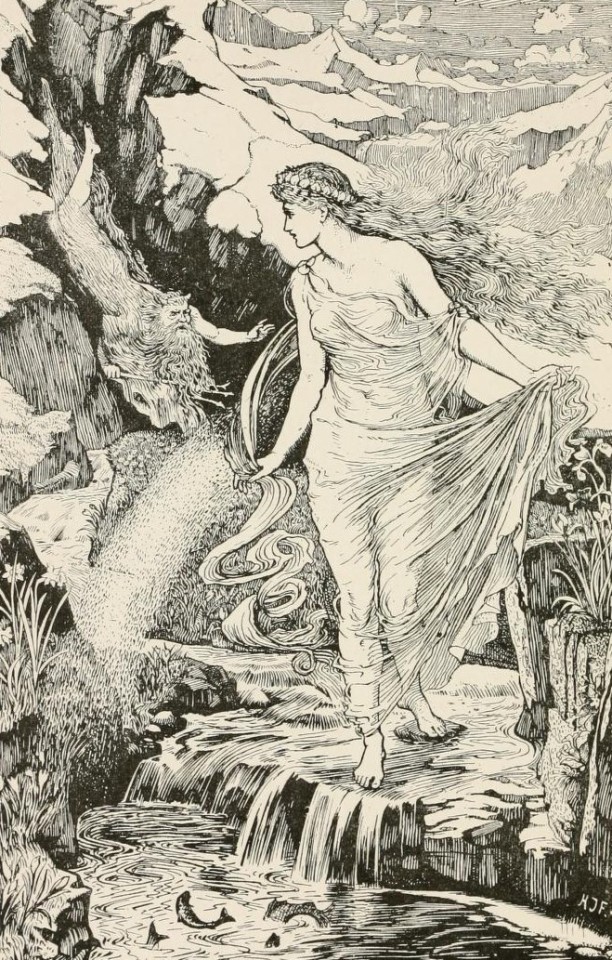
Arethusa, from Andrew Lang's The Blue Poetry Book by Henry Justice Ford (1891)
#henry justice ford#art#illustration#golden age of illustration#19th century#19th century art#british art#british artist#books#book illustration#poetry#poetry art#percy bysshe shelley#mythology#greek mythology#arethusa#classic art
4K notes
·
View notes
Text

Gran Hotel Ciudad de México, Mexico City built in 1899
#dark academia#light academia#classical#academia aesthetic#escapism#academia#books and libraries#classic literature#books#architecture#old#building#late 1800s#1800s#19th century#interior#gran hotel#mexico city#historical#art nouveau#royal core#cottage core#aesthetics#mood#vibe#tumblr#beautiful
3K notes
·
View notes
Text
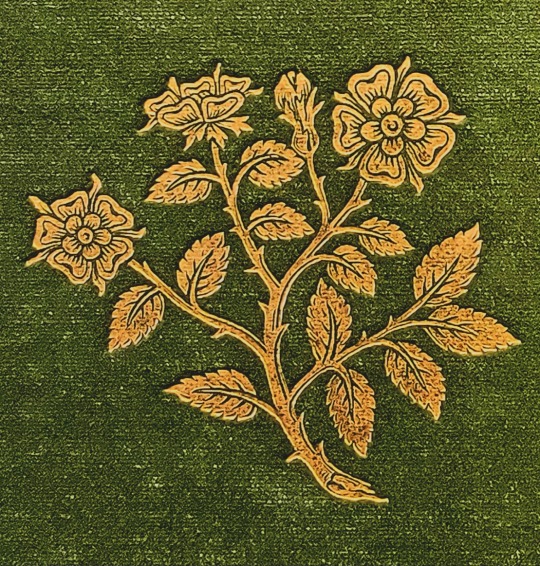
From our stacks: Cover detail from A History of Gardening in England By The Hon. Alicia Amherst. Second Edition. London: Bernard Quaritch, 1896.
#a history of gardening in england#books#book covers#flowers#book#book cover#library books#19th century books#detroit public library
574 notes
·
View notes
Text

#art#etching#german art#dance of death#der totentanz#illustration#book illustration#19th century#danse macabre#allegory#death#grim reaper#symbolism
1K notes
·
View notes
Text
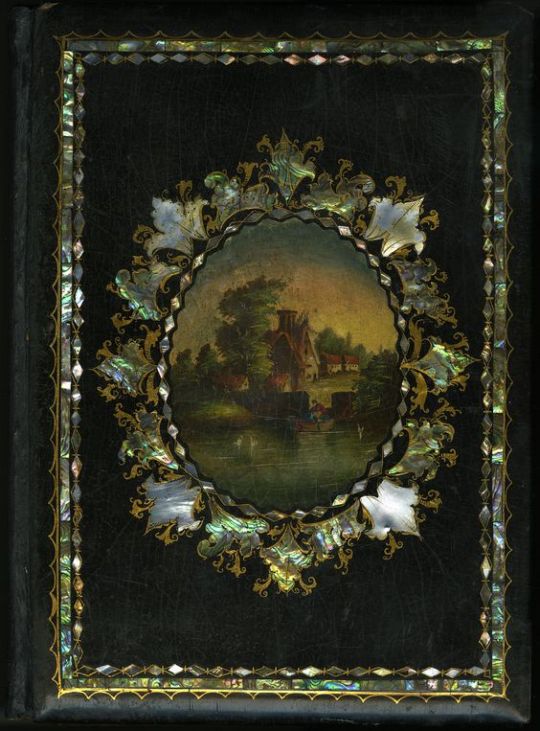

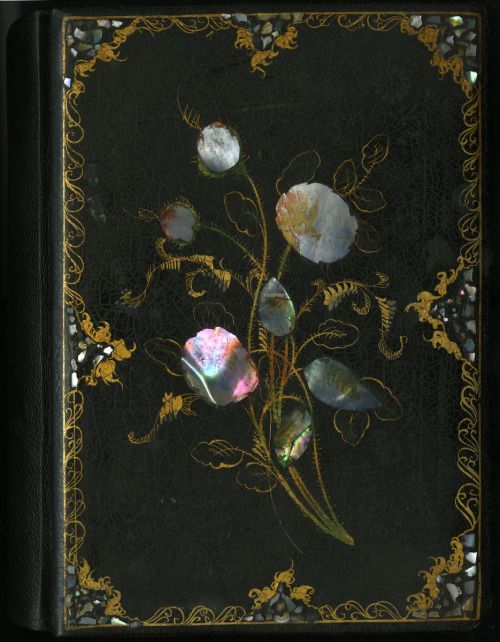






1 2 3 4 5 6 7 8 9
#book cover#cover design#book binding#decoration#decorative#victorian#mother of pearl#antique#art#antique books#19th century#flowers#designs#aesthetic#whimsigoth#whimsigothic#gothic
2K notes
·
View notes
Photo
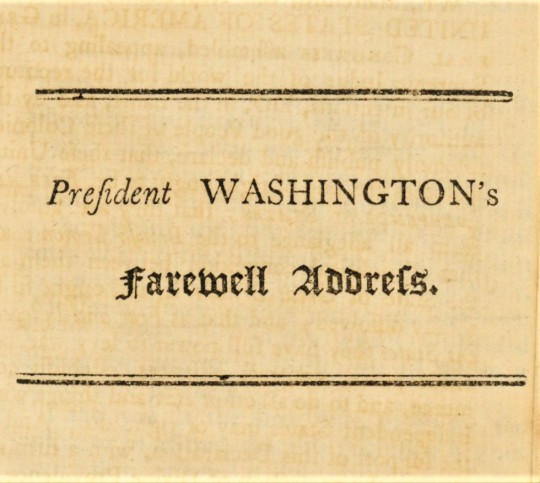

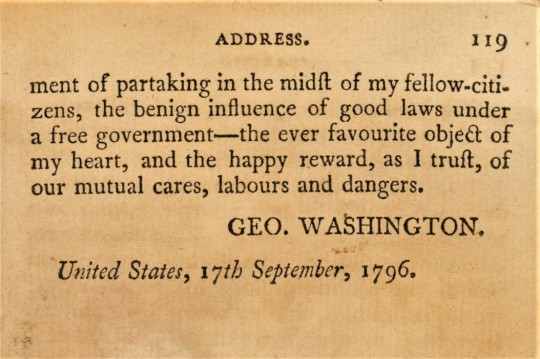


Milestone Monday
On this date, September 19 in 1796, George Washington's Farewell Address (which was dated two days before) was printed in the American Daily Advertiser as an open letter to the public, and subsequently published across America that year and reprinted innumerable times over the next two centuries. It is is considered to be one of the most important documents in American history, and every year since 1896, the Senate has observed Washington's birthday by selecting one of its members, alternating parties, to read the 7,641-word statement in legislative session.
Washington’s address identifies several issues confronting America’s political future. Perhaps the one most relevant for us at this moment is his warning about political factionalism. He warns that factions may seek to obstruct the execution of federal laws or prevent the branches of government from exercising the powers provided them by the constitution. Such factions may claim to be trying to answer popular demands or solve pressing problems, but their true intentions are to take the power from the people and place it in the hands of unjust men:
they are likely, in the course of time and things, to become potent engines, by which cunning, ambitious, and unprincipled men will be enabled to subvert the power of the people, and to usurp for themselves the reins of government; destroying afterwards the very engines, which have lifted them to unjust dominion.
We hold two early copies of the Farewell Address, shown here. The first, printed in Boston for the State of Massachusetts by William Manning and James Loring in 1805, was intended as a classroom textbook and also included printings of the Massachusetts Constitution, the U. S. Constitution, and the Declaration of Independence. The second, was printed in Exeter, New Hampshire by Charles Norris, and was published along with a printing of the U. S. Constitution.
View our other Milestones.
#Milestone Monday#milestones#George Washington#Farewell Address#American Daily Advertiser#Manning and Loring#William Manning#James Loring#Charles Norris#19th century books
15 notes
·
View notes
Text
You’re in her DMs, I’m screaming her name across the moors and she somehow hears me. We’re not the same.
#jane eyre#ask mr rochester#mr rochester#mr rochester of thornfield#ask blog#charlotte bronte#classic literature#victorian literature#the bronte sisters#gothic romance#dark acadamia aesthetic#books#wuthering heights#literature#literature rp#reading#19th century#emily bronte#victorian era#dark academia
4K notes
·
View notes